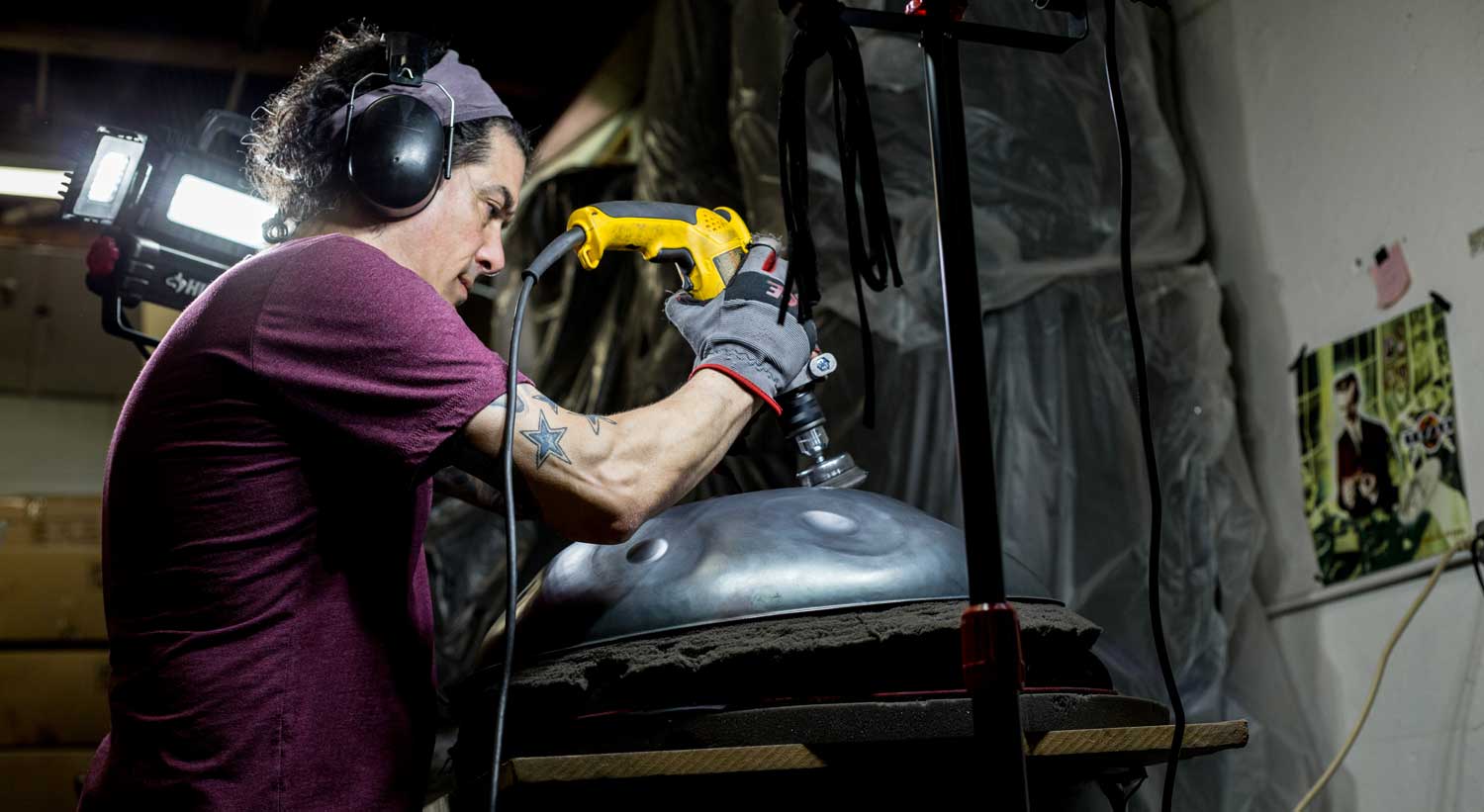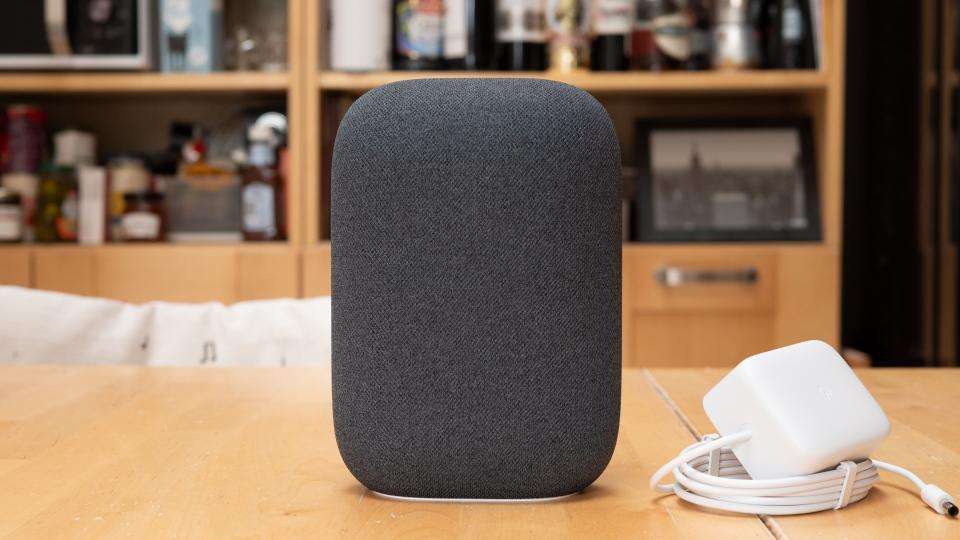Emergency Lighting Inspections
Emergency Lighting Inspections
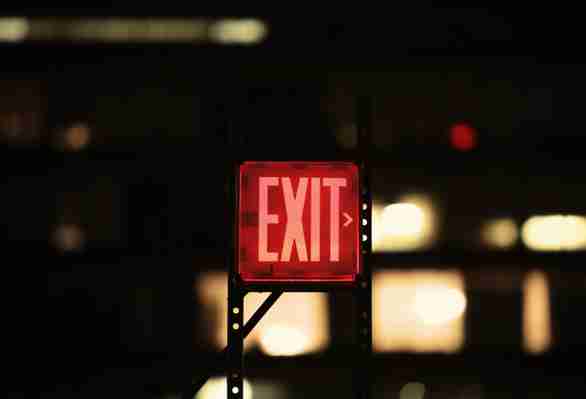
Emergency lighting systems, exit signage, and emergency exit doors are considered to be the most important of all safety features and devices utilized in today’s businesses. Others include fire alarm units, water sprinkler units, and security systems. While all are necessary, your emergency lighting systems are those that will serve as guides to your employees and customers during the event that an emergency occurs. These systems are designed to save lives. As an owner or operator of a business, it is imperative that you have regular inspections performed on your emergency lighting systems.
Power Sources of Lights and Exit Signs for Emergencies
Both emergency lighting units and exit signs are similar in nature, in terms of method of operation and set up. Exit signs typically remain in operation around the clock. They use two different sets of bulbs. The first operates on the electricity of the building. The second set turns on during power failure within the building. These bulbs operate through a battery and low-voltage. Emergency lighting systems typically only turn on during a power interruption and are operated on either a battery or a generator system. In some instances, exit signs may receive their power from a generator.
Illumination Requirements
All businesses should have emergency lighting systems and exit signs throughout their establishment. Many businesses do not realize it, but there are illumination standards associated with these emergency systems. These are put into place by the National Fire Protection Association (NFPA). The standards are outlined under the 101 Life Safety Code. Generally, these are designated per area of operation of the business. For information for illumination requirements for the area where your business is located refer to the NFPA standards and/or contact your local building and zoning office to discuss commercial emergency lighting requirements.
Regular Inspections and Testing Required by Law
If you own and/or operate a business, you are required by law to have your emergency lighting system and exit signs regularly inspected and tested. Not only do these inspections and tests help you avoid serious liabilities and fines, they help in saving lives during emergencies. The following outlines some of the many regulations on inspecting and testing your emergency lighting systems and exit signs in your place of business:
OSHA requires that there is adequate and highly reliable lighting for all exits within a business. OSHS states that businesses must ensure that proper maintenance of their emergency lighting systems and exit signs so that the systems continue to operate properly at all times. The National Electric Code specifies that specific illumination be placed throughout the building and that it meets functional standards at all times, including battery power backup in the event of an emergency. The International Fire Code requires that proper illumination be required by the means of egress and that the lighting systems run a total of 60 minutes or longer in the event of an emergency. The Life Safety Code requires monthly testing of emergency and exit lighting systems. It also requires a yearly test of all of the exit and emergency lighting systems within a business.
What Does “Means of Egress” Mean?
Means of egress means that there is a path designed for individuals to leave the building that is obstructed. The components of a means of egress include an exit access, an area designated as being an “exit”, and an exit discharge area for the building, space, and structure involved. In relation to the International Fire Code specification mentioned previously, this means that the exits of your business should be properly illuminated at all times, whether there is power or there has been an interruption of power.
How Can Business Owners Test Emergency Lighting and Exit Systems?
If you evaluate your emergency lights and exit lights, you will likely find that they each have a button, along with instructions to push in order to test. In most instances, you will push this button in for a set period of time – usually 30 seconds. This will then run a diagnostic test for the bulbs and any battery associated with the unit. If you find that the bulbs are not working or that they are dull, it indicates that either the bulbs or the battery pack should be replaced. You may contact a commercial electrician to handle these tasks.
To properly test the in-house exit lights, simply turn off the breaker for the signs in your main power panel. You should then turn it off. Now, you should go around to each of the exit signs in your building to determine if the signs are working properly.
If you are unsure of the breaker’s location, you may contact a commercial electrician for assistance. In some cases, other devices in your business – such as computer systems – may be connected to the same breaker. If so, ensure you save your work and turn the devices off prior to turning off the breaker so that you do not experience complications.
How Long Should the Test Be Ran?
If you are running your own emergency light and exit signs test, you should run the test for at least half of a minute. This is because if you have a battery that is defective, initially, the lights may be bright and appear to be working; however, after a small amount of time, the bulbs will lose power.
By running for about half a minute, you can be certain that the bulbs are not simply operating on a surface charge with a defective battery. If the lights turn off after this time, the battery will need to be replaced to ensure that all of the emergency lights come on when you truly need them.
Contact Us Today
We here at Hardcore Electric are capable of testing, maintaining, and repair emergency light systems and exit signs in your business. We also handle a wide array of other commercial electric services. We are trained, licensed, and insured. Contact us today to have us test and inspect your emergency lighting systems, exit signs, breakers, equipment, and more: 720-841-3897
The Basics Of Emergency Lighting Inverters
During a storm or disaster, you may have experienced power outages. Your emergency lighting system should be ready if you experience a power outage from a small incident or a major catastrophe. Here is where an inverter comes in.
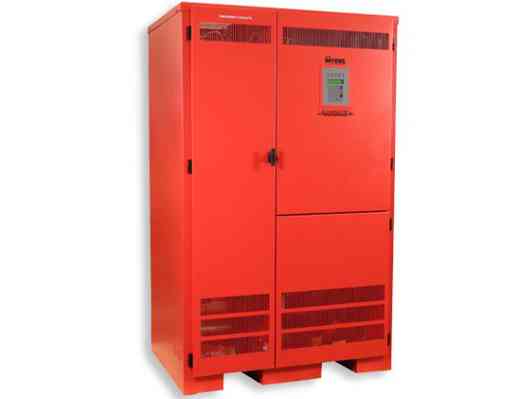
Why Do I Need an Emergency Lighting Inverter?
Inverters provide back-up for lighting during an emergency. This ensures lights stay on during a power outage and allows occupants to find the exits quickly should an evacuation occur.
Inverters also regulate voltage and prevent surges, keeping your lighting systems running well during normal times. Inverters are suitable across settings, from retail and commercial to hospitality and schools. Inverters ensure safe exit and continuation of operations.
How Inverters Work
There are two types of electrical current. There is the continuous flow of electrons in one direction such as you find in batteries, and this is called direct current, or DC. On the other hand, there is the flow of electrons that changes direction and is called alternating current, or AC. Most electrical systems in businesses use alternating current in order to work. The emergency lighting inverter stays in standby mode when standard AC power is present. While in this mode, it charges the batteries.
When a building loses power, however, the emergency lighting may need to use a battery to continue operating while people use its light. An inverter is a device that has batteries which send their electricity into an oscillator circuit made of transistors and semi-conductors. The circuit flips on and off to cause the current to alternate, creating AC. That AC then goes to the emergency lights. If the inverter is for providing continuous power for all styles of lighting, it is sometimes called Uninterruptible Power Supply, or UPS.
What To Look For In An Inverter
The type of inverter you get will depend on your needs. The inverter has to have the same wattage as your emergency lights and the same voltage as the batteries in order to work. This should be listed on the inverter. The inverter should list the total wattage that you will be using at any one time so that it can power all the lights that have to be on. The inverter should meet the standards of UL924 and perform according to different codes including the NFPA 101, the NFPA 70, and the International Building Code. The inverter should be able to perform for 90 consecutive minutes at its annual test.
What Are the Different Types of Inverters?
The next thing to consider is your installation approach. An inverter can be put on a central power source to act as a backup for the entire building, and this is called a central lighting inverter. Central lighting inverters minimize maintenance requirements and enhance the performance of lighting. It is easier to maintain given it has one location and one battery system to test.
A business can also use dispersed lighting inverters by putting a battery and inverter in every light for which it wants to have a backup power source. Dispersed lighting is less expensive in up-front cost, but requires you to go to each light individually for functionality and battery testing.
How Often Should You Service Your Inverter?
An emergency lighting system is required by law in many areas. To satisfy regulations and to ensure emergency lighting during an outage, you should service these systems twice a year. Maintenance of inverters includes checking the batteries, connections, and operation.
Getting good emergency lighting inverters can protect your employees, customers, and equipment. Here at Lighting Services, Inc. we can help you determine the type of emergency inverter that is best for you and your business, and we can install and service it. For more information, contact us.
When is emergency lighting used?
If you’ve recently been told that you need regular emergency light maintenance, you might be wondering what all the fuss is about. After all, the emergency lights in your building are hardly getting used, aren’t they? Actually, the emergency lights in your building might actually be on all the time!
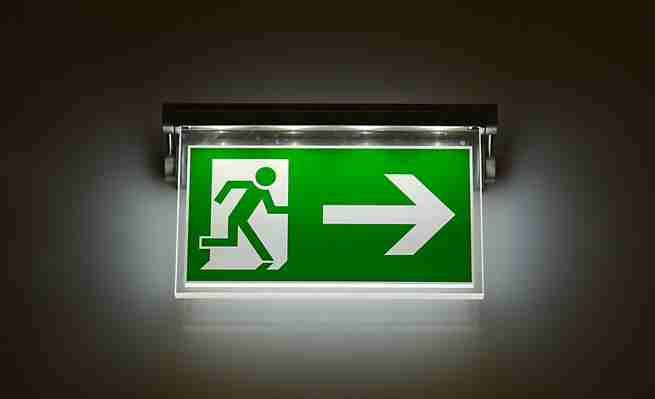
When is emergency lighting used? Well, there are some types of emergency lighting systems that are used in specific situations, and others that are always lit. Check out the following scenarios where the emergency luminaires might be activated in your building, and get in touch with us if you have any questions.
Power Outage
When is emergency lighting used? The most common and obvious answer to this question is during a power outage. Most buildings are fitted out with emergency lights that are hardwired to the mains power supply. This type of lighting may be in use at all times of the day, or activated during an outage – this depends on whether your system is maintained or non-maintained, but we’ll talk more about this later.
When a failure in the mains power supply is detected, the emergency system activates and is powered by battery power. During a power outage in a large building, it is important for people to remain calm and navigate to an exit. This is where emergency lighting is essential.
Fire
During a fire, people need to be able to exit the building as quickly (and as orderly) as possible. People will look to emergency exit lights (or signs) to see where the nearest exit is. If the power has been compromised because of a fire, the emergency system will kick in so that occupants can easily navigate towards an exit.
You can make the most of your lighting system by making sure staff are aware of the emergency exit routes and evacuation meeting points. With functional fire exit lights, you can take control during a fire and minimise risk for the occupants of the building.
Emergency Evacuation
When is emergency lighting used? Well, we’ve briefly touched on two emergency scenarios where lighting is essential. The truth is, emergency lighting is invaluable in an emergency situation where an evacuation is required.
This might be because of a physical threat, (like a bomb or a threatening person) hazardous substances, and natural disasters. In any case, a clear exit path is essential.
Maintained Emergency Lighting
As we mentioned earlier, there are two types of emergency lighting systems: maintained and non-maintained. Maintained emergency lighting is always in use. It is always on and is illuminated through the mains power. When the power failures, the battery system kicks in and the lights continue to shine.
You can find this kind of emergency escape lighting in a range of public spaces including theatres, cinemas, hospitals, recreational/sporting centres, schools, universities, train stations, and more! Maintained emergency lighting is a popular choice for large public spaces where evacuations may be necessary.
You can read more about the difference between maintained and non-maintained emergency lighting here.
Emergency Light Inspections
Now that you know the answer to your question – “when is emergency lighting used?” – you can understand the importance of regular maintenance. In order to work effectively during an evacuation, emergency lights need to be tested and maintained regularly.
A 6 monthly inspection is the prescribed period for 99% of business premises.
At Jim’s Fire Safety, we test and inspect lights according to the AS 2293.2 standard. If you’re a building owner, you need to make sure your lighting systems are installed in accordance with the Building Code of Australia. If you have any questions about emergency or exit lighting, contact us now. Browse through the rest of our website for a comprehensive range of fire safety services.
Call now on 131 546 or fill in the online form for a FREE QUOTE.


![31 Best IPTV Services for FireStick, Android TV, PC [Dec 2021]](https://www.lampsofbible.com/storage/upload/Images/_1639646173_nXrO23JGnM.jpg)
